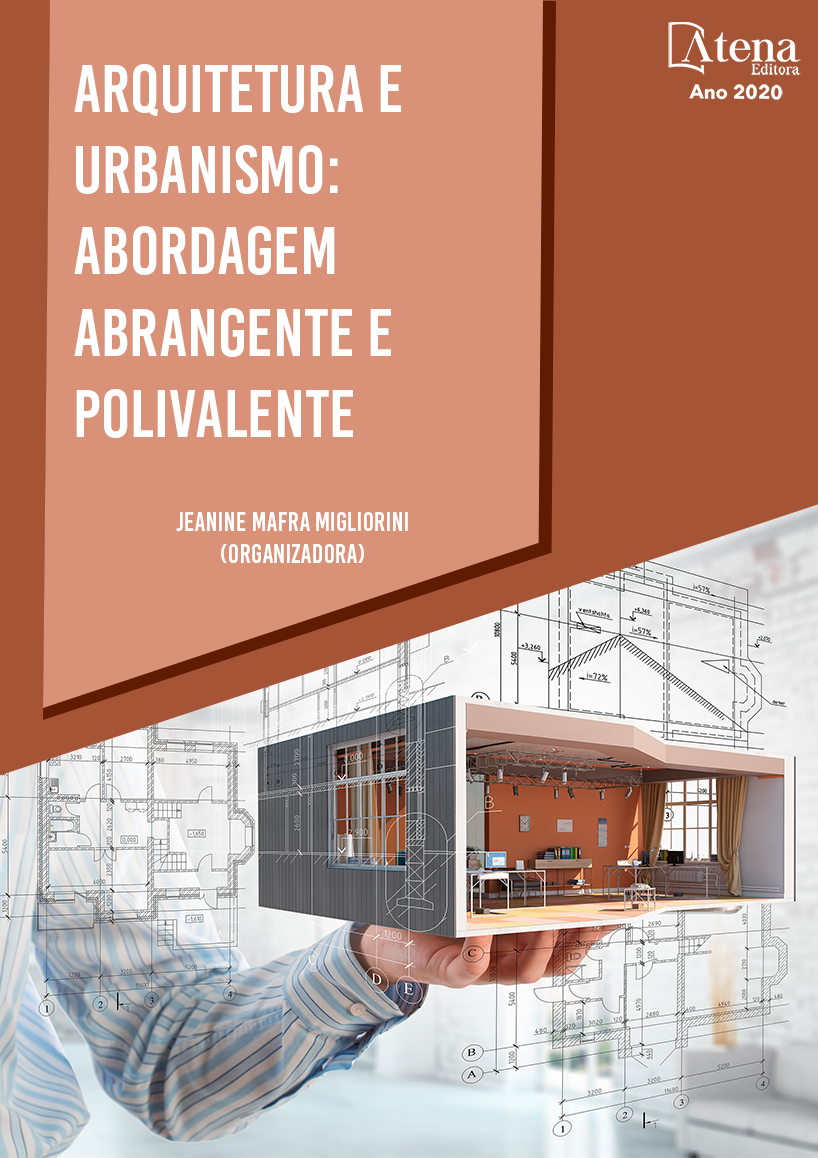
A VEGETAÇÃO COMO SUPORTE PARA O DESENVOLVIMENTO INFANTIL EM ABRIGOS INSTITUCIONAIS
Atualmente no Brasil, cerca de 47 mil de crianças e adolescentes encontram-se afastadas de seu convívio familiar e inseridas em instituições de acolhimento, antigamente denominadas orfanatos. A infância e a adolescência são importantes períodos de desenvolvimento e de construção do sujeito, em que não só a qualidade dos cuidados afetivos são essenciais para o crescimento e amadurecimento sadio, como também o ambiente habitacional, visto que este além de ser um fator estimulante está relacionado a sensações de acolhimento, bem-estar e segurança, essenciais ao desenvolvimento sadio da psique humana. Em relação ao espaço de moradia, deve-se ponderar sobre a questão da vegetação já que o contato com elementos naturais é muito benéfico para o ser humano e a exposição ao espaço verde tem sido associada a uma melhor saúde física e mental. Além disso, a vegetação tem potencial de servir como suporte para crianças na obtenção do conhecimento. Este artigo tem como objetivo refletir sobre a atual estrutura física dos Abrigos Institucionais e como a inserção da vegetação pode auxiliar no desenvolvimento infantil e justifica-se pela necessidade de aperfeiçoamento dos ambientes destinados ao acolhimento de crianças e adolescentes afastados do convívio familiar. A presente pesquisa foi realizada a partir de uma investigação qualitativa, de caráter empírico, com método hipotético-dedutivo, mediante estudo bibliográfico e análise crítica dos padrões existentes sobre os aspectos arquitetônicos dos abrigos.
A VEGETAÇÃO COMO SUPORTE PARA O DESENVOLVIMENTO INFANTIL EM ABRIGOS INSTITUCIONAIS
-
DOI: 10.22533/at.ed.95420220710
-
Palavras-chave: Abrigo Institucional; Desenvolvimento cognitivo; Desenvolvimento infantil; Infância; Vegetação;
-
Keywords: Institutional shelter; Cognitive development; Child development; Childhood; Vegetation;
-
Abstract:
Currently in Brazil, about 30 thousand children and adolescents are removed from their family life and inserted in foster care institutions, formerly called orphanages. Childhood and adolescence are important periods of development and construction of the subject, in which not only the quality of affective care is essential for healthy growth and maturation, but also the housing environment, since this besides being a stimulating factor is related to feelings of welcome, well-being and security, essential to the healthy development of the human psyche. In relation to the living space, consideration should be given to the issue of vegetation, since contact with natural elements is very beneficial for humans and exposure to green space has been associated with better physical and mental health. In addition, vegetation has the potential to serve as a support for children in obtaining knowledge. This article aims to reflect on the current physical structure of Institutional Shelters and how the insertion of vegetation can assist in child development and is justified by the need to improve the environments for the reception of children and adolescents away from family life. The present research was carried out from a qualitative investigation, of an empirical character, with hypothetical-deductive method, through bibliographic study and critical analysis of the existing standards on the architectural aspects of the shelters.
-
Número de páginas: 13
- Bárbara Terra Queiroz


